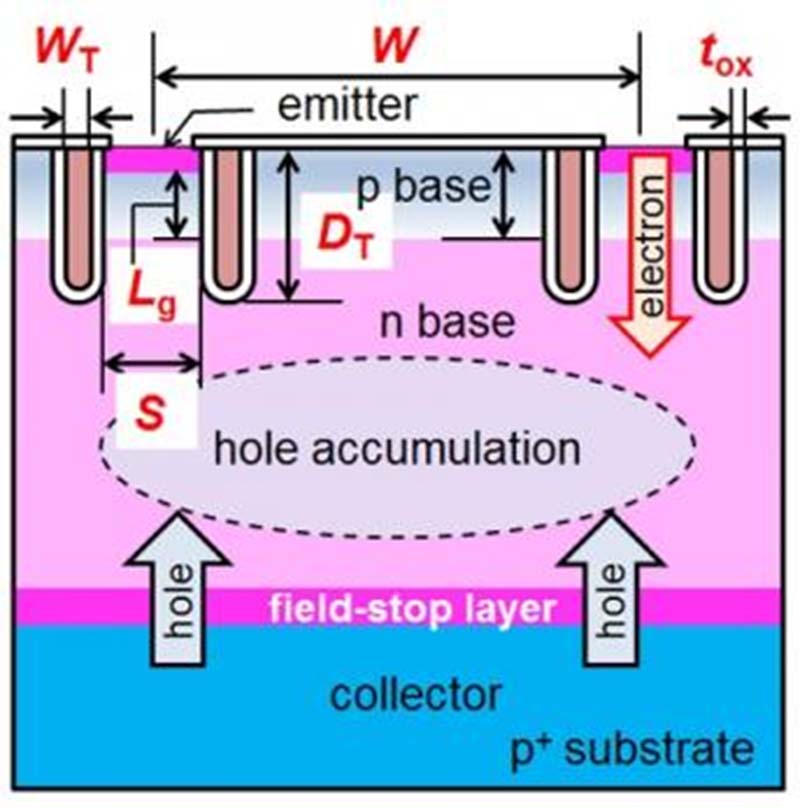Unleashing the Power: Demystifying the IGBT Module
Unleashing the Power: Demystifying the IGBT Module
Blog Article

In today's fast-paced technological landscape, the IGBT module stands as a key component in numerous power electronics applications. Abbreviated from Insulated Gate Bipolar Transistor, this module plays a crucial role in enabling efficient power conversion and control. Its capability to handle high power levels while maintaining high switching speeds makes it indispensable in industries ranging from renewable energy to industrial automation. As we delve deeper into understanding the intricate workings of the IGBT module, we uncover a world of innovation and potential for advancements in power electronics.
Benefits of IGBT Module
The IGBT module offers enhanced efficiency in various applications. It optimizes power usage and minimizes energy loss, making it a cost-effective solution for industries aiming to increase productivity.
Another key benefit of the IGBT module is its robustness and durability, ensuring longevity and reliability in operation. This feature is particularly advantageous in demanding environments where consistent performance is crucial.
Furthermore, the IGBT module enables precise control over power flow, allowing for smoother operation and reduced stress on other components within the system. This level of control enhances overall system performance and contributes to improved operational efficiency.
Applications of IGBT Module
In various industries, the IGBT module plays a vital role in enhancing the efficiency and performance of systems. One common application is in the field of renewable energy, where IGBT modules are used in solar inverters to convert DC power generated by solar panels into AC power for consumption.
Read More
Moreover, the IGBT module finds extensive use in electric vehicles, where it is employed in the vehicle's power electronics system for efficient energy conversion and motor control. The module's high switching frequency and low losses make it an ideal component for enhancing the overall efficiency of electric vehicles.
Additionally, industrial motor drives utilize IGBT modules to regulate the speed and torque of electric motors efficiently. By precisely controlling the voltage and current supplied to the motor, these modules enable seamless operation in various industrial applications, enhancing productivity while reducing energy consumption.
Future Trends in IGBT Technology
With the rapid advancement in technology, the future of IGBT modules holds exciting possibilities. One key trend is the push towards higher power density and efficiency, leading to more compact and energy-efficient devices. As demand for electric vehicles and renewable energy systems continues to rise, IGBT technology is expected to evolve to meet these requirements.
Another trend on the horizon is the integration of advanced cooling techniques into IGBT modules. As power levels increase, effective thermal management becomes crucial to ensure reliable operation. Innovations such as liquid cooling and advanced thermal interface materials are being explored to enhance the thermal performance of IGBT modules, paving the way for higher power handling capabilities.
Furthermore, the development of wide bandgap materials like silicon carbide (SiC) and gallium nitride (GaN) is anticipated to revolutionize the IGBT landscape. These materials offer superior electrical properties compared to traditional silicon, allowing for higher switching frequencies and lower losses. As research in wide bandgap semiconductors progresses, IGBT modules incorporating these materials are poised to redefine power electronics industry standards.
Report this page